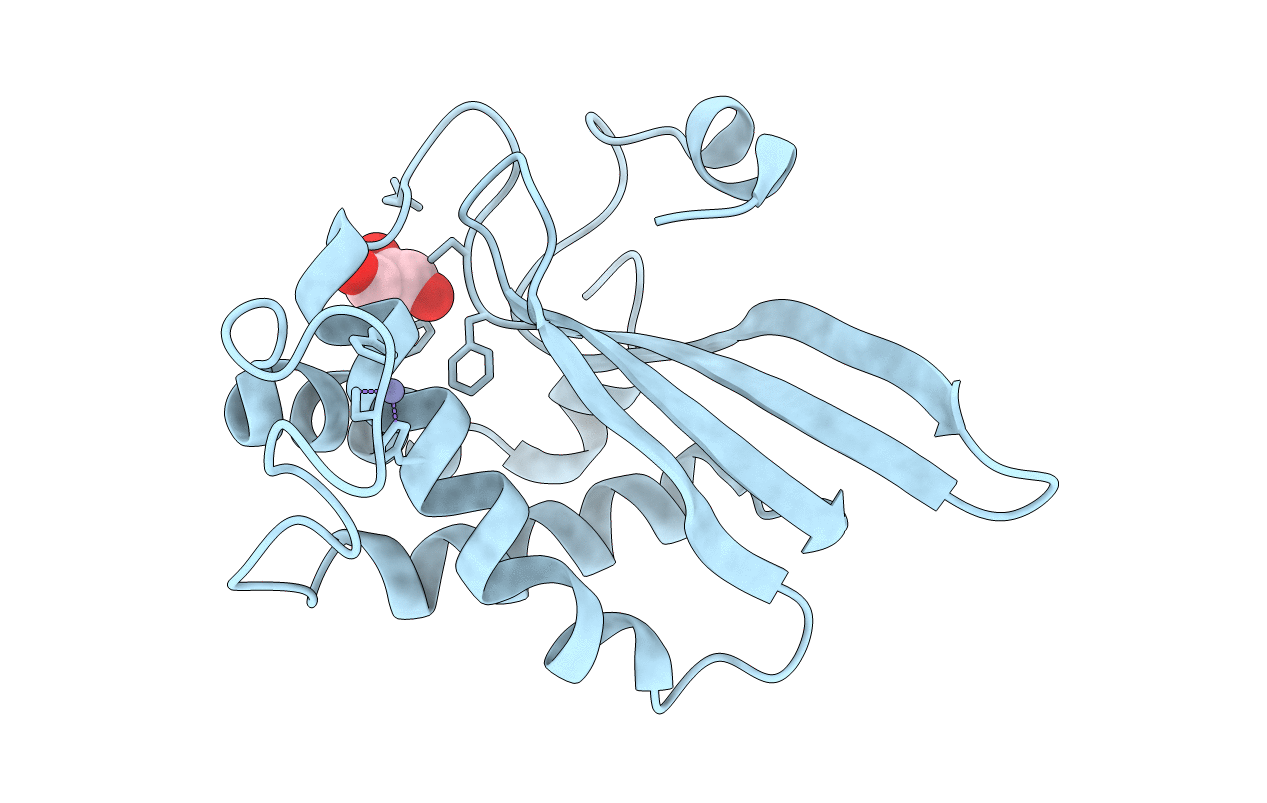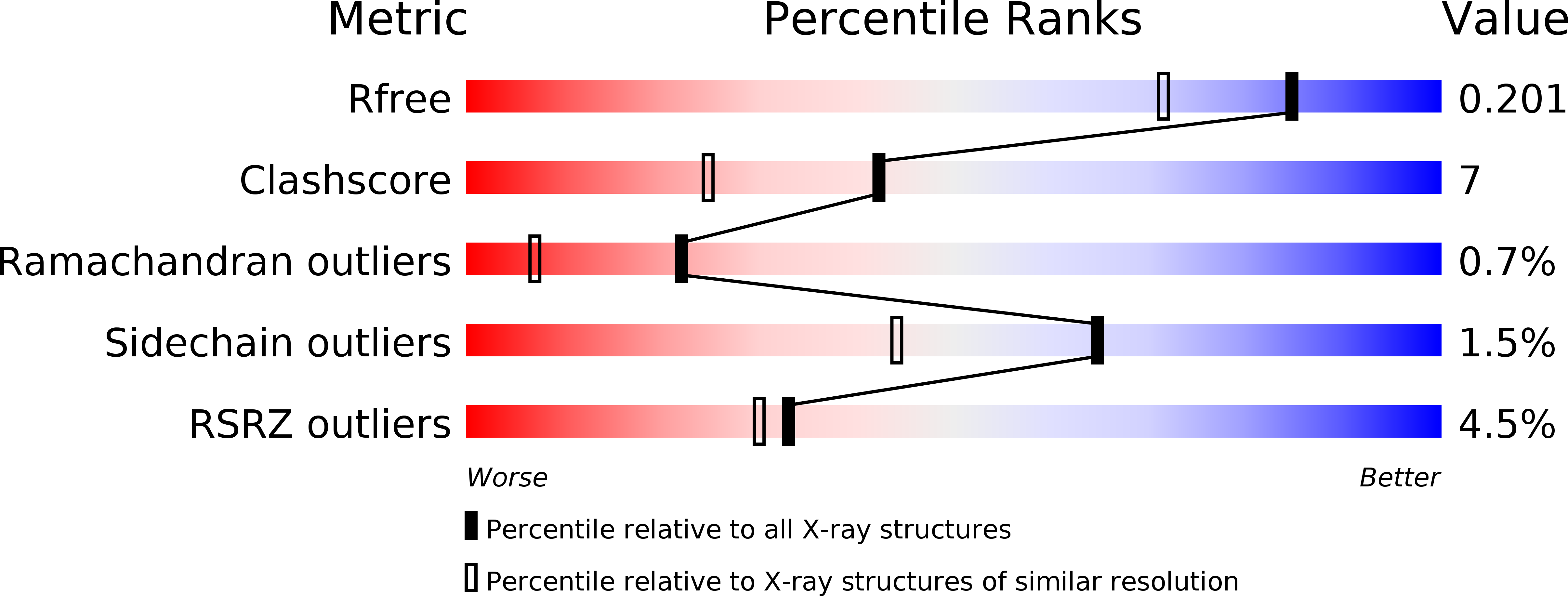
Deposition Date
2001-04-05
Release Date
2001-10-03
Last Version Date
2025-03-26
Method Details:
Experimental Method:
Resolution:
1.60 Å
R-Value Free:
0.20
R-Value Work:
0.17
R-Value Observed:
0.17
Space Group:
P 65 2 2


